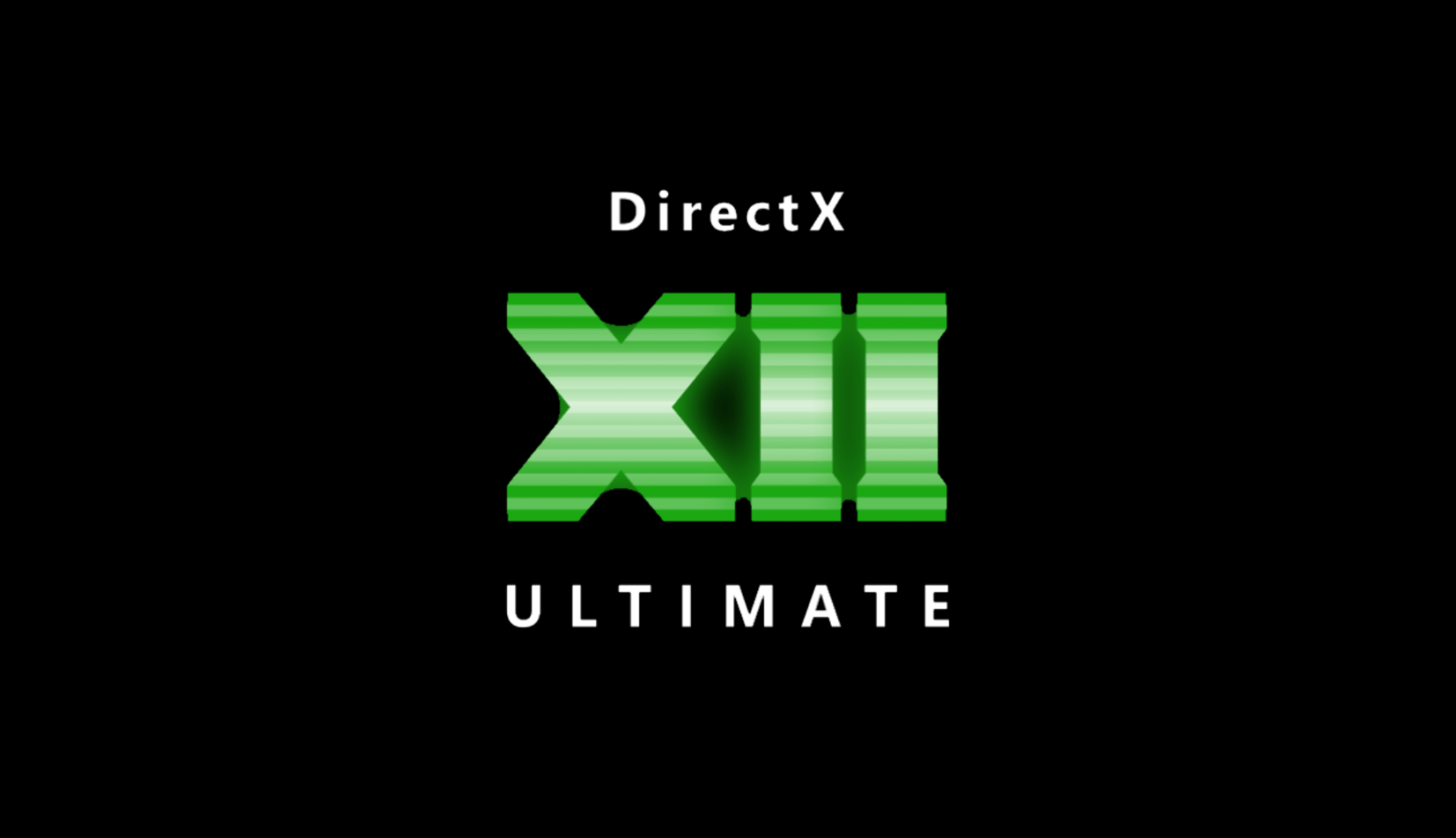
Amplifications shaders replace the GPU tessellation stage. The mesh shader feature introduces the mesh shader stage along with a new stage: the amplification shader. In the case that there is a pixel shader attached, the primitives output from a mesh shader will feed directly into the pixel shader stage. Primitives can be culled without having their index data processed by the GPU, which is highly beneficial as we see the primitive counts of 3D applications getting higher and higher over time.

With mesh shaders, applications can apply culling earlier, and therefore more efficiently, than the input assembler. They act as a new replacement for the input assembler - in particular, vertex and geometry shader stages - replacing some of the input assembler's fixed-function behavior with flexible-function behavior. Mesh shaders are a means of increasing the flexibility and performance of Direct3D 12's graphics pipeline when using rasterization. To see features added in previous versions of WDDM 2.X, see What's new for prior WDDM 2.X versions. This page describes what's new in display and graphics drivers for Windows 10, version 2004 (WDDM 2.7).


 0 kommentar(er)
0 kommentar(er)
